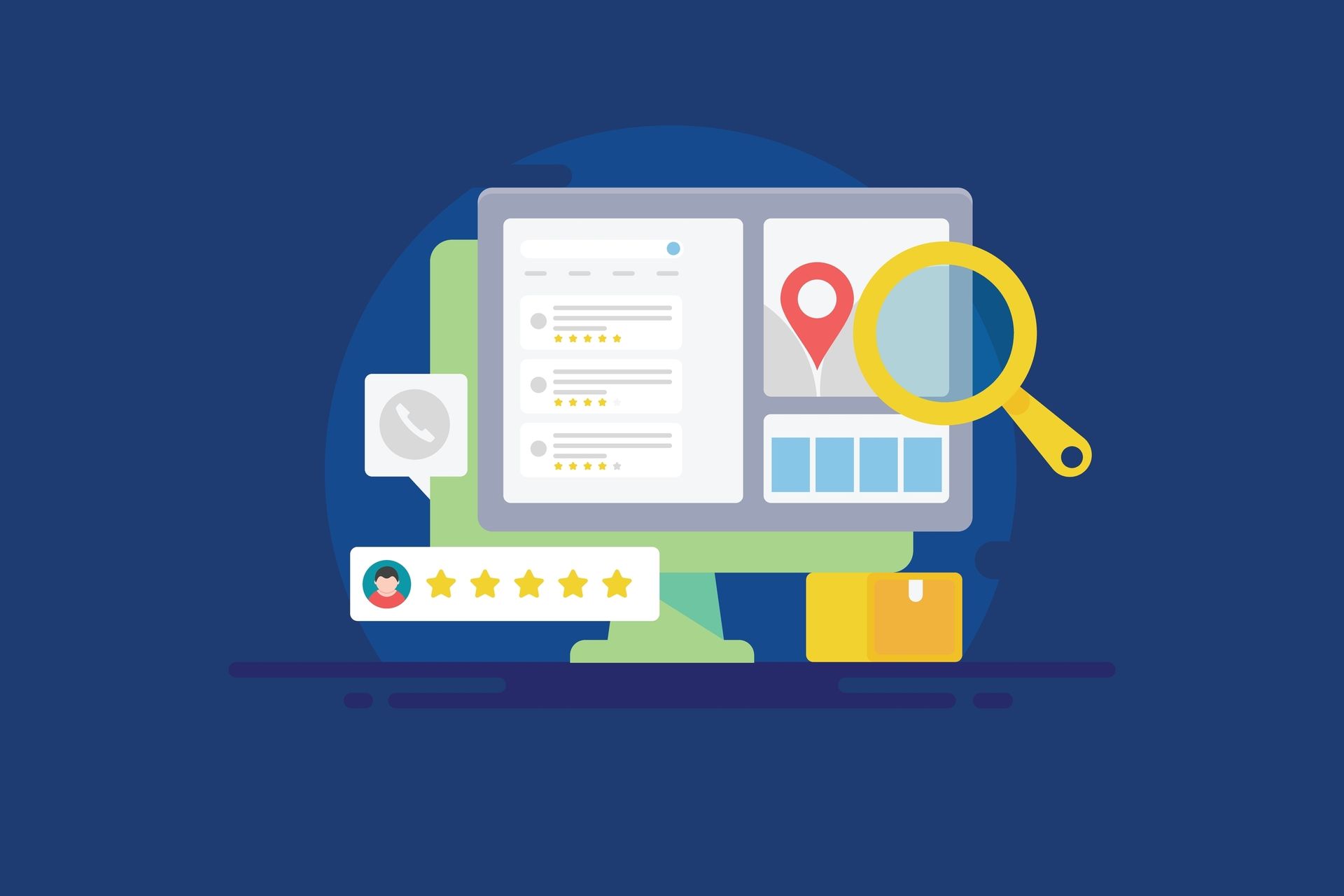6 Top Tips To Increase Client Website CVR
( Posted with special permission from Duda.co | All Rights Reserved )
You created amazing websites, they look good, they got some traffic, but there’s one major issue. They don’t convert. Users visit the pages but they don’t end up converting as much as expected. Why’s that? And most importantly; what can you do? That’s where I come in. Here are some life-saving tips to help you increase your client website CVR in no time.

6 TIPS TO INCREASE YOUR CLIENT WEBSITE CVR
I’ve compiled a list of top tips to improve conversions. But why stop there? Make sure to get all the best CVR insight in our upcoming session on the matter at DudaCon , on September 13th, with world-renowned expert Andy Crestodina. In the meantime, here are my tips:1- Improve Site Speed And Page Load Time
If you’ve ever clicked on a page that took way too long to load, you know you’re not buying from there. No way you’ll wait hours for each step of shopping and checkout. Better find another provider. So make sure your client’s page load time is
less than 5 seconds
(ideally even less than 2) so no buyer will experience this issue on your clients sites. To improve page speed you can use a
page speed
optimization
tool
. It's also a good idea to create your site on a
website building platform that’s already optimized for speed
.
2- Drive Action With Compelling CTAs
If your users have to search the site just to find out how to buy, it’s not good. It should be very clear and easy to know what the next step is and how to do it. The simpler the better. Your CTA should live above the fold, no need to scroll to find it. It should also be descriptive and specific, no vague “check that” or “click here”. Your CTAs should clearly indicate what the next step will be:
- Buy now
- Pre-order
- Subscribe
- Sign up
That website optimization alone can make a world of difference.
3- Align Visual Hierarchy & Messaging
You know your client’s company, what they do, who they are, what they sell. Buyers don’t. It might seem obvious for you, but it’s crucial to focus on the most basic and important information about the company first. If your client’s primary business is wedding planning, but the company also does some catering for other types of events, the home page should clearly reflect that they specialize in weddings, with imagery, headers and content that states it clearly. Then further on the page, or in different tabs on the menu, you can showcase their other services. This way, users won’t be confused as to what the company does and are more likely to stay on the website and ultimately convert.
4- Incorporate Visual Credentials
You can showcase these business credentials with logos or testimonials on the homepage for example.
5- Run A/B Tests
Sometimes it can be very difficult to know which page layout, color, or CTA will work best.
That’s why A/B testing is crucial.
You don’t want to make the changes right away and risk a drop in conversions either. Ideally use A/B tests on a page with enough traffic to give you a good idea of both version’s performance in a reasonable time (a couple weeks, or a few months top). If it takes a year to gather enough visits to have a reliable sample, maybe you can skip the testing on this one and focus your efforts on pages that impact the business more.
6- Use Retargeting
Converting doesn’t usually happen right away (unless you’re one lucky cookie). As a consumer, the more you have to spend, the more you need to think it through and shop beforehand. That means, if a buyer already visited your client website, they are most likely interested in what they have to sell, but may not be ready to buy just yet. So follow them a little, stay top of mind. Use retargeting to keep them in the loop and make sure they don’t forget about your client’s brand. Retargeting is also a good way to showcase some promotions, coupons, or other incentives to help your visitors come back and convert.
HELP YOUR CLIENTS CONVERT EVEN MORE!
Those tips are just a few examples of what you can do to help your clients have high-converting websites. If you want ALL the juicy tips from experts in the matter, there’s a session you won’t want to miss during DudaCon: Boost Client Websites CVR With the Ultimate SEO Audit.

READY TO GET STARTED?
Aletheia Contact Us Footer Form
We will get back to you as soon as possible
Please try again later
CONTACT US
6524 Buena Vista Rd.
Columbus, GA 31907
445 N. Waco Ave.
Wichita, KS 67202
USEFUL LINKS
STAY INFORMED
Email Subscribe - Footer
Thank you for signing up! We look forward to visiting your inbox soon.
Please try again later
All Rights Reserved | Aletheia Digital | Terms of Service | Privacy Policy

